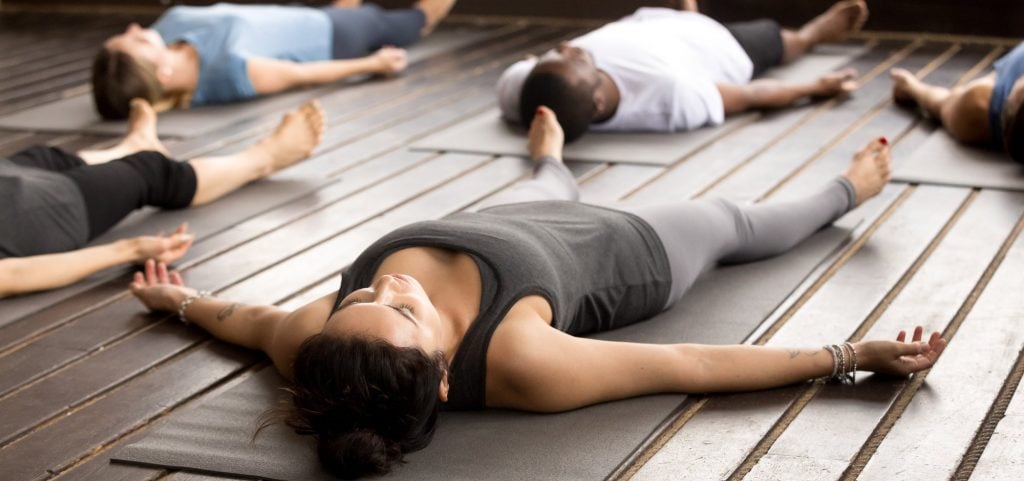Yoga levels: which one to chose?

Yoga levels are becoming more and more usual. Often schools offer not only different types of classes but also different levels. Despite that, this is not something common in the yoga tradition.
Therefore, as well as you can find a school with a huge offer of types and levels of yoga, in many others, there will be no mentions to it, which can make you feel lost. What to do then?
Yoga levels and the yoga tradition
The yoga tradition is not connected to levels of practice, that it’s not the base of the practice. Despite that, with time, practices like Ashtanga or Iyengar also introduced this idea.
So, the basic logic behind the practice without levels is that every pose can be adapted to each body, and every person can also choose the intensity of the practice (even if there is a teacher). The role of the teacher is not only leading the students through different poses but also to introduce variations of these and a sense of responsibility towards each one’s body and limitations.
The idea of levels can also be the notion of competition, which is not part of yoga philosophy. Being able to do a handstand doesn’t make a person a better yogi since yoga is not about that, the asana is just one aspect of yoga with the only goal of having a healthy body.
According to this, if you don’t know which level you have, it’s not a problem. Feel free to try the different types and classes and where you fit the best. Despite that, if you haven’t done yoga before, even if you can perform the so-called advanced asanas, don’t skip the beginner level, where you’ll learn the foundations of yoga.

Meaning of yoga levels
Don’t expect to find the same guidelines defining yoga levels across different schools and types of yoga. While some types of yoga have strict rules, for example, in Ashtanga you only move to the next asana when you acquire the one you are working on, there are loads of possibilities for the definition of yoga levels.
The levels can be connected to the difficulty of the asanas of the sequence, to the speed of the sequence, to the work on pranayamas, or in some schools even to the teachings and philosophy that are shared. Besides, it can also be related to the guidelines the teacher gives, and to the exigence of the alignment.
So, the first advice is, relax! You’ll need to have a conversation with your school to understand where to start, and where to go with time. They’ll guide you and then you can make your own decisions as well.
Remember yourself to be honest and humble in this process, and to give yourself time to understand what is the best place for you.

Moving on yoga levels
The existence of yoga levels doesn’t determine that a person needs to change to higher levels after a certain amount of time practicing. Many students keep attending the same level classes for decades, either because the yoga is their place for comfort, while some others move quickly to higher levels.
It’s important that you don’t compare your journey to the others. Every person has different learning processes, different needs, and different desires. Make your own decisions or with a teacher you trust and again, relax, everything is just perfect.

No yoga levels
Our human minds don’t like changes, so if you have never learned about yoga levels before you were probably struggling during pretty much the entire article, and if you have always practiced relating to yoga levels, now is your time to panic.
Many schools don’t divide the classes into different levels, and the most similar thing to orientation will be something like “On Mondays, the class is smoother, and on Tuesdays more active.”
In these schools, the teachers not only teach the students to adapt more to their practice, but they also adapt the practice to the energy and level of the group. Naturally, and without much of a rational explanation, different energies gather and show up to different schedules.
The practices are many times more varied in style, and some groups stick together for so long that the progression in the practice happens without even the mention of yoga levels.
As always, there is no necessarily right or wrong, and each person must make conscious and personal decisions.
You may also like:
- 5 reasons to go on a Yoga Retreat
- How Martial Arts and Yoga come together
- Yoga poses for beginners: the gateway to a regular practice

